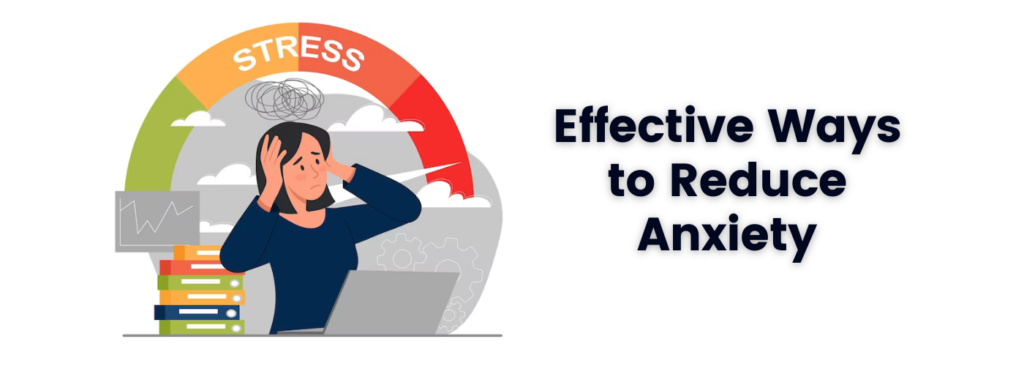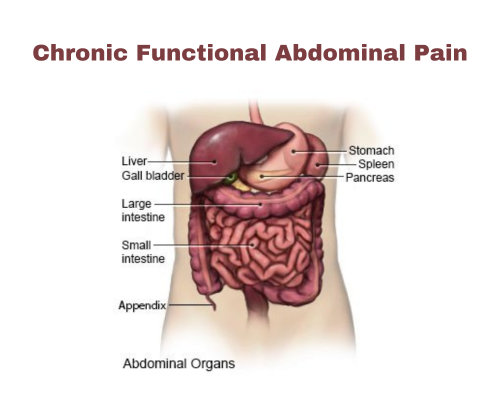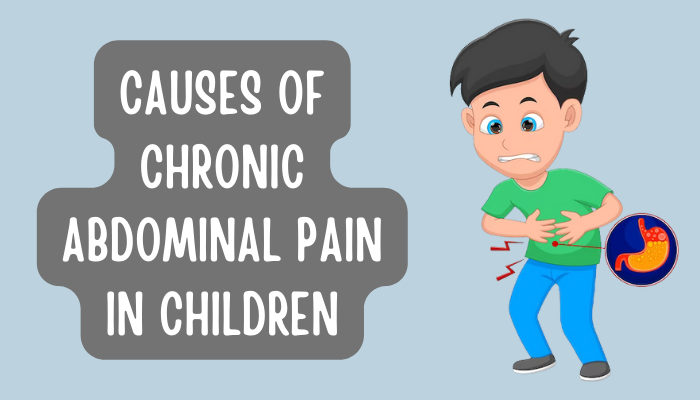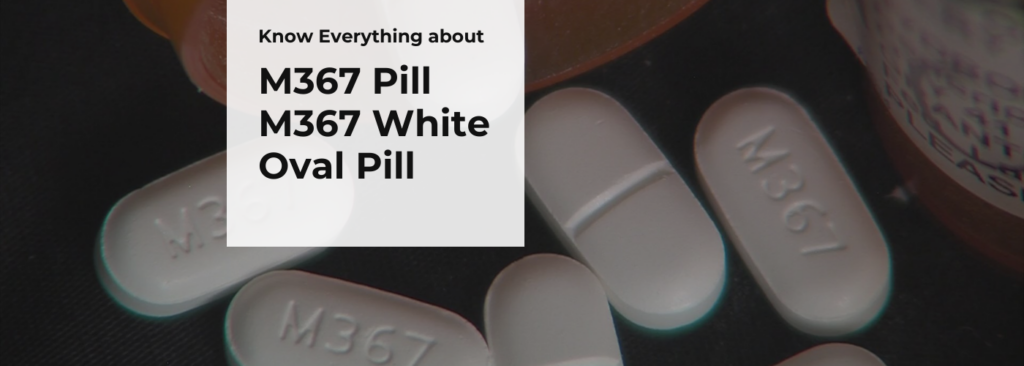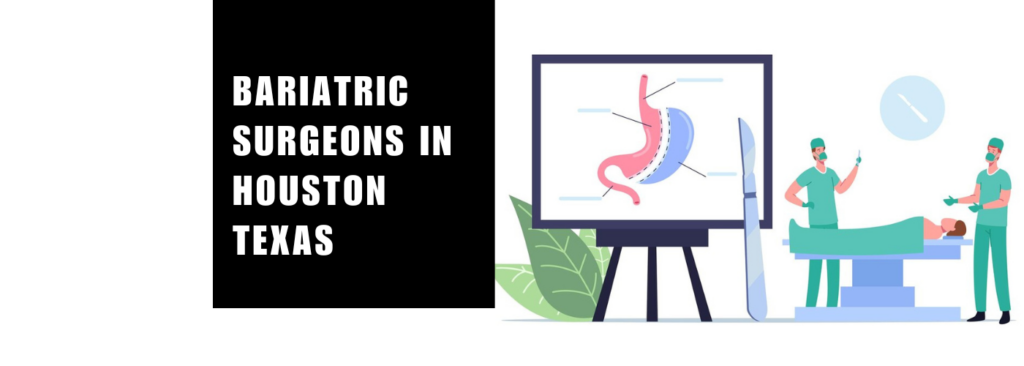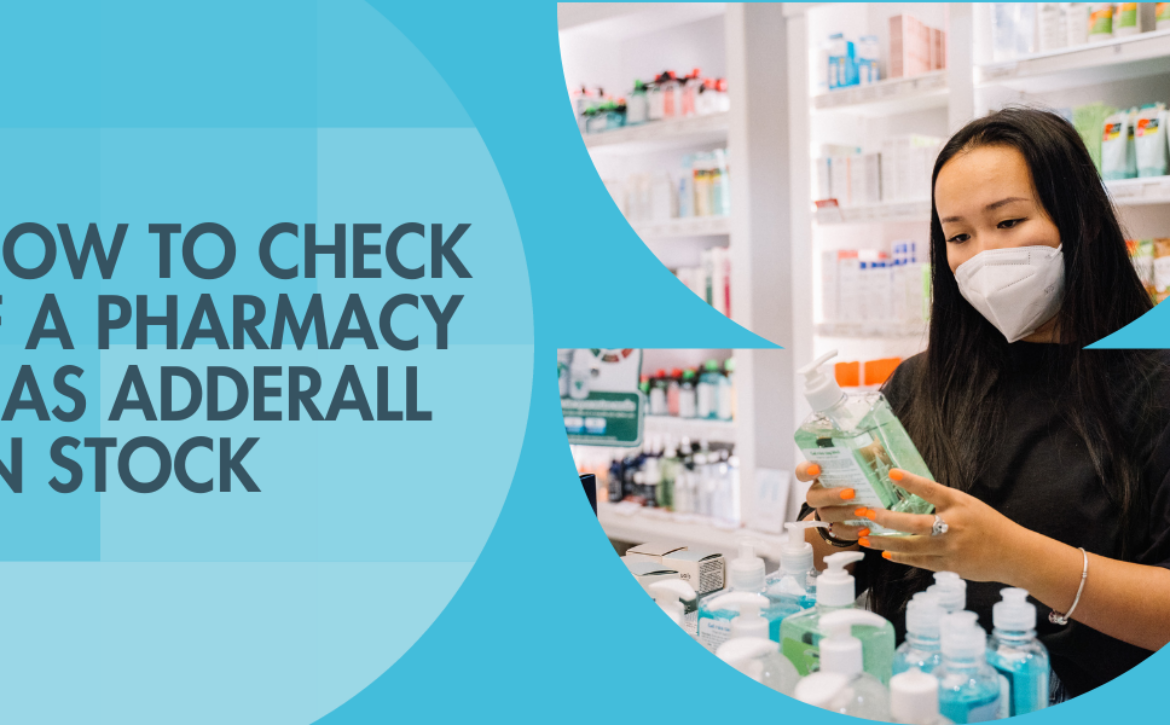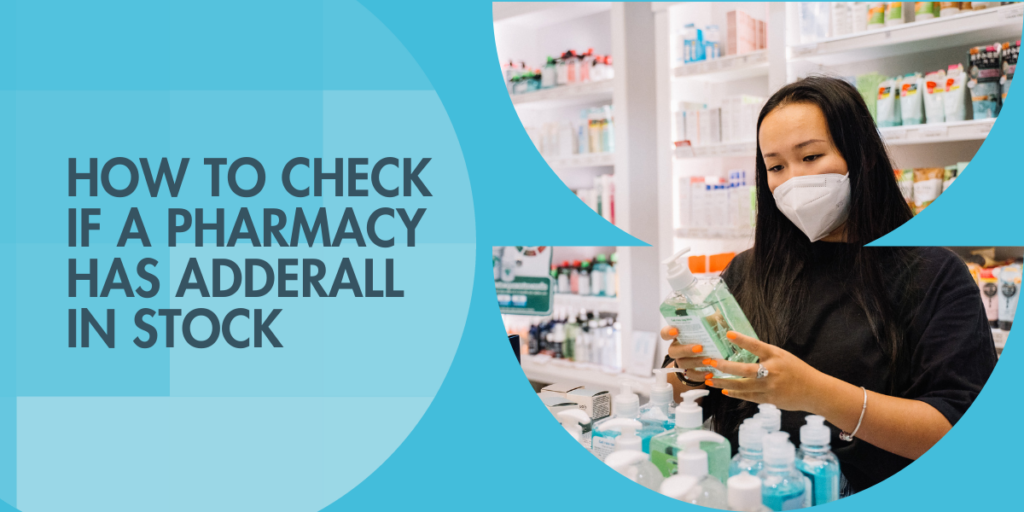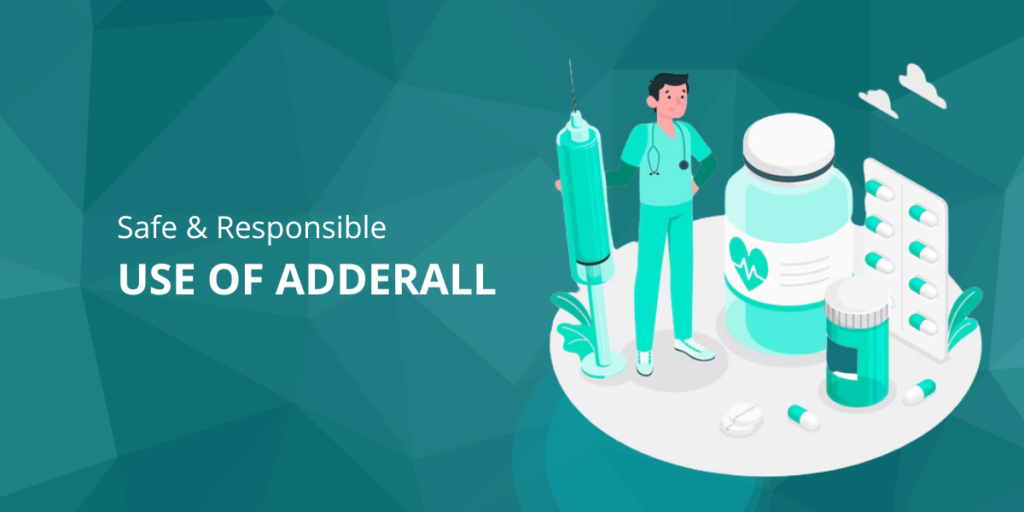15 Dietitian-Approved Tips For Ordering Fast Food from Restaurants

In today’s fast-paced world, dining out has become a common occurrence for many people. Whether it’s grabbing a quick bite during a lunch break or enjoying a leisurely dinner with friends and family, restaurants offer convenience and variety. However, navigating the menu options can sometimes be challenging, especially if you’re trying to maintain a healthy diet. That’s where the expertise of dietitians comes in handy. With their guidance, you can make informed choices that align with your nutritional goals.
15 Dietitian-Approved Tips For Ordering Fast Food
Here we’ll explore 15 dietitian-approved tips for ordering fast food from favourite restaurants.
1. Plan Ahead

Before heading to the restaurant, take a few minutes to review the menu online. Look for options that are grilled, baked, or steamed rather than fried. Planning ahead can help you make healthier choices once you’re at the restaurant.
2. Choose Lean Proteins

Opt for dishes that feature lean proteins such as grilled chicken, fish, or tofu. These options are lower in saturated fat and calories compared to dishes that contain red meat or processed meats.
3. Load Up on Vegetables

Make vegetables the star of your meal by choosing dishes that are packed with colorful veggies. Whether it’s a salad, stir-fry, or vegetable-based soup, aim to fill half of your plate with vegetables.
4. Watch Portion Sizes

Restaurant portions are often larger than what you would typically eat at home. Consider sharing an entree with a dining companion or ask for a to-go box to portion out half of your meal before you start eating.
5. Be Mindful of Sauces and Dressings

Many restaurant dishes are accompanied by rich sauces and dressings that can add extra calories and fat. Ask for sauces and dressings on the side so you can control the amount you use, or choose options that are made with lighter ingredients like olive oil or yogurt.
6. Limit Added Sugars

Keep an eye out for hidden sources of added sugars in restaurant meals, such as sweetened beverages, sauces, and condiments. Opt for water, unsweetened tea, or sparkling water with a splash of citrus as healthier drink options.
7. Ask About Preparation Methods

If you’re unsure about how a dish is prepared, don’t hesitate to ask your server for more information. Choose cooking methods like grilling, baking, or steaming over frying whenever possible.
8. Customize Your Order

Don’t be afraid to customize your meal to suit your dietary preferences and needs. Most restaurants are willing to accommodate special requests, such as substituting sides or omitting certain ingredients.
9. Balance Your Plate

Aim for a balanced meal that includes a mix of protein, carbohydrates, and healthy fats. Look for options that incorporate whole grains, such as brown rice or quinoa, and healthy fats like avocado or nuts.
10. Stay Hydrated

Drinking water throughout your meal can help you stay hydrated and prevent overeating. Aim to drink a glass of water before your meal arrives and continue sipping on water throughout your dining experience.
11. Practice Portion Control

Pay attention to your hunger and fullness cues throughout the meal. Eat slowly and savor each bite, stopping when you feel satisfied rather than overly full.
12. Choose Whole Foods

Whenever possible, opt for dishes that feature whole, minimally processed ingredients. Whole foods tend to be higher in nutrients and fiber compared to processed foods, which can help keep you feeling fuller for longer.
13. Be Wary of Buffets

While buffets offer a wide variety of options, they can also be a trap for overeating. If you find yourself at a buffet, take a lap around the food stations before filling your plate to scope out healthier options.
14. Don’t Skip Meals

Avoid arriving at the restaurant overly hungry by eating regular meals and snacks throughout the day. This can help prevent impulse decisions and overeating once you’re faced with a menu full of tempting choices.
15. Practice Moderation

Remember that enjoying a meal at a restaurant is about more than just nourishment—it’s also about pleasure and socializing. Allow yourself to indulge occasionally, but aim to practice moderation and balance in your overall diet.
Conclusion
By following these dietitian-approved tips, you can navigate restaurant menus with confidence and make choices that support your health and well-being. With a little planning and mindfulness, dining out can be a delicious and nutritious experience for both your body and your taste buds.



